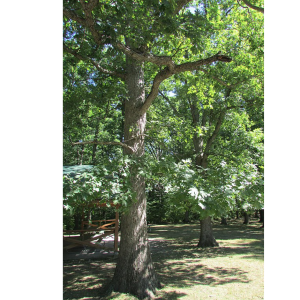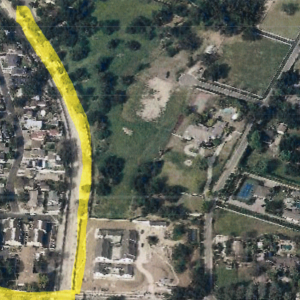 View Winners →
View Winners → Monrovia honors Japanese American legacy with Satoru Tsuneishi Park

On Jan. 16, the Monrovia City Council, in a unanimous decision, designated approximately 8,600 square feet at 1111 Encino Ave. as the future site of the Satoru Tsuneishi Park. Amid recent construction, the Hale Corporation gifted the city with this piece of land in the southern part of the city.
Tina Cherry, Monrovia’s community services director, expounded on the project’s vision, highlighting the park’s dual role in nurturing both physical activity and the collective memory of Monrovians: “The city has been working to find ways to bring additional green space and recreation for those living in south Monrovia. The Tsuneishi Park will provide an opportunity for more Monrovians to get outdoors and recreate. Having a park that tells a part of the Monrovia story strengthens community for all who visit.”
At age 19, Satoru Tsuneishi relocated to the United States from Shikoku, in 1907, marking the beginning of a lifelong connection to Monrovia. He achieved the distinction of becoming the first Asian American graduate from Monrovia-Arcadia-Duarte High School in 1914. Intent on entering the ministry, Tsuneishi ultimately chose a different path: the route of agriculture. Alongside his wife, Sho, they cultivated a life, rearing 10 children, raising chickens, and growing strawberries.
Paul Tsuneishi, one of Satoru’s sons, reflected on their upbringing in a previous interview: “We grew up in a house my dad built. Later, Dad built a separate two-room building where all the boys slept. There was a separate little building where we had a traditional ofuro tin tub. We had an icebox.”
He recounted their resilience during the Great Depression and the adversity they faced with overt racial discrimination. “Racial discrimination was very, very overt. It was very much like the South,” he said. “It was common knowledge that the public swimming pool in Monrovia was only open to Blacks one day a week. They didn’t know what to do with us Japanese.”
The Tsuneishi family, along with other Japanese Americans from Monrovia, was coerced into internment at Heart Mountain during World War II. Returning after their incarceration, Tsuneishi’s creative soul found expression in haiku poetry, earning him accolades for his works penned under the name of Shisei. Tsuneishi’s story is part of a broader narrative of Japanese Monrovians, whose injustice and sacrifice during World War II, as highlighted by Tina Cherry, “cannot be forgotten”.
Proposed park names drew on local features including Route 66 and citrus themes, yet the honor was fittingly bestowed upon Satoru Tsuneishi, joining other parks named after influential local figures such as Lucinda Garcia and Julian Fisher.
Mark Tsuneishi, Satoru’s grandson and president of Tsuneishi Insurance in Torrance, graciously acknowledged the initiative, “On behalf of the Tsuneishi family, we would like to thank and acknowledge all those who made this possible. The contributions made by the early Japanese American pioneers helped to shape our communities, and it is important to create awareness and to preserve this legacy.”
With projected completion in spring of 2025, coinciding with the 100th anniversary of Route 66, the Satoru Tsuneishi Park promises to be both a tranquil oasis and a poignant monument to the rich tapestry of Monrovia’s history.
As reported by rafu.com.










































































































